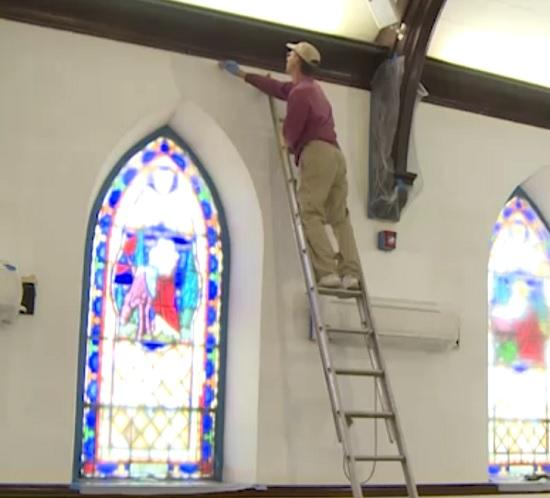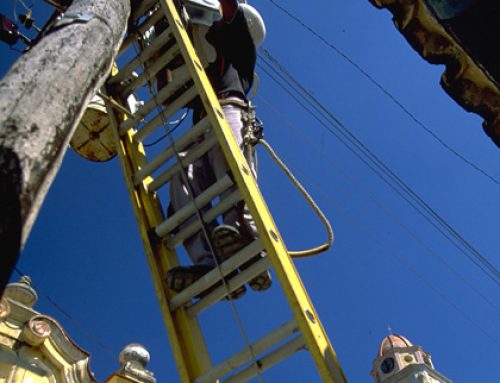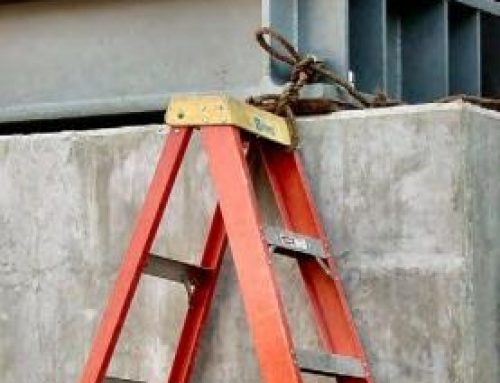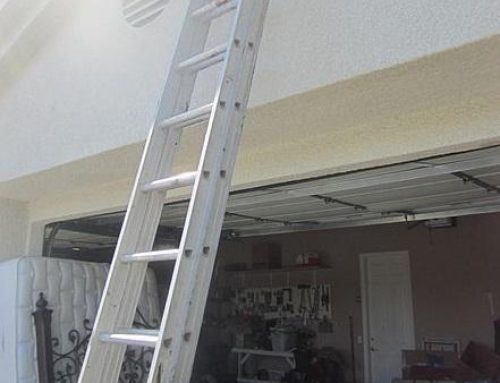Introduction: This comprehensive guide to ladder safety is adapted from an online workplace training course on general safety topics. Proper ladder use is essential to avoid falls and injuries when working at heights. By following the techniques outlined here for selecting, inspecting, setting up, climbing, and responding to ladder accidents, workers can stay productive while protecting themselves on the job.
Ladders provide convenient access to elevated work areas, but also introduce fall hazards if used incorrectly. Stay safe by matching the ladder to the job, inspecting for defects, setting up securely, climbing cautiously, and planning for emergencies.
Selecting the Right Ladder
Choosing an appropriate ladder is the first step toward safety. Consider the type of work, the required height and weight capacity, and the presence of electrical hazards:
- Stepladders are useful for many tasks requiring moderate height. Look for sturdy spreader bars and braces.
- Extension or straight ladders allow you to reach higher locations. Get a ladder tall enough to extend 3 feet above the roof or support point.
- Determine the ladder’s strength by checking the weight rating. Account for your weight plus tools and materials.
- Around power lines or electrical equipment, use non-conductive wood or fiberglass ladders to prevent shocks. Avoid metal ladders.
Using the 4-to-1 Rule
Position straight and extension ladders at the proper angle by following the 4-to-1 ratio: For every 4 feet of height, place the ladder 1 foot away from the supporting wall or structure. This achieves an angle around 75 degrees for stability. If your ladder can’t reach the work area at this angle, get a longer ladder.
Inspecting for Defects
Thoroughly inspect every ladder before using it:
- Check all rungs for cracks and firmness. Replace damaged rungs immediately.
- Verify spreader bars lock properly on stepladders.
- Make sure safety feet provide a secure, slip-resistant base.
- Test ropes and pulleys on extension models.
- Look for rust or weakness on permanently installed ladders.
- Fix minor issues. Don’t use damaged ladders.
Setting Up Securely
After choosing an appropriate, undamaged ladder, set it up safely:
- Place on a stable, level surface clear of clutter and debris.
- Securely shore up uneven ground with boards.
- Block or lock nearby doors that could swing into the ladder.
- Tie off the top of the ladder or have someone hold the bottom when climbing.
- Use hazard signs and barricades around the ladder’s base.
Carrying and Moving Ladders
Transport ladders horizontally, grasping one rail in the middle for balance. Get help carrying long or heavy models. When repositioning a placed ladder, move slowly with care. An unattended ladder can easily fall or strike objects.
Climbing Cautiously
Once your ladder is safely positioned, climb carefully:
- Keep belts buckled between rails and body centered. Don’t lean.
- Grip with hands and feet. Maintain three points of contact.
- Never rush or slide down. Take one step at a time.
- Avoid standing on the top 4 rungs of extension ladders or top 2 steps of stepladders.
- Don’t carry tools and materials while climbing. Use tool belts or hoist them up separately.
Remaining Safe Aloft
When working on a ladder, continue to exercise caution:
- Don’t overreach. Keep your weight centered between side rails.
- Watch for people below you and don’t drop objects.
- Place ladders away from doorways and aisles.
- Only allow one person on a ladder at a time.
- Never leave a raised ladder unattended.
Responding to Ladder Accidents
If someone falls off a ladder, stay calm and take these steps:
- Don’t move them unless they are in immediate danger. This could worsen injuries.
- Call 911. Monitor breathing and stop bleeding while waiting for medical help.
- Treat for shock by keeping them warm and elevating legs.
- If you fall, relax muscles and bend arms and legs to absorb impact. Try to roll with the fall.
Conclusion:
Ladders provide invaluable access for working at heights, but also introduce risks if handled improperly. By selecting an appropriate ladder, inspecting for defects, setting up securely, using caution when climbing, and properly responding in an emergency, you can work productively while protecting yourself on the job. Taking the time to work safely on ladders prevents painful injuries from falls.
As you can see, ladder safety is a multifaceted issue that encompasses everything from the initial choice of the ladder to emergency response strategies. You might already be implementing some of these best practices, but there’s always room for improvement and optimization. Even if you’re already cautious, what about the rest of your team? Wouldn’t it be reassuring to know that everyone in your organization is fully trained and certified in these crucial procedures? This brings us to an exciting opportunity that not only ensures the safety of your employees but also enhances their productivity and comfort while working at heights.
Our Ladder Safety program doesn’t just prevent accidents; it supercharges your workforce’s efficiency and comfort.
All our topics are integral for your employees to understand ladder safety comprehensively. Each course is carefully crafted and available in both English and Spanish to cater to a diverse workforce.
- Select the Proper Ladder: Don’t just climb, climb smart. Pick the right ladder for the job.
- Inspect Before Use: Prevent accidents before they happen with a pre-climb safety check.
- Setup and Movement: Master the art of ladder placement and relocation without compromising safety.
- Climb Safely: Understand the principles that make your climb secure and efficient.
- Accident Knowledge: Equip yourself with the know-how to avoid the common pitfalls that lead to ladder accidents.
Our Full-Length Interactive Courses go beyond generic training; they are the gold standard for ladder safety education. Don’t miss out on equipping your team with this invaluable knowledge.
Click here for an exclusive demo of our Online Training System and preview the topics that will transform your approach to ladder safety forever!






